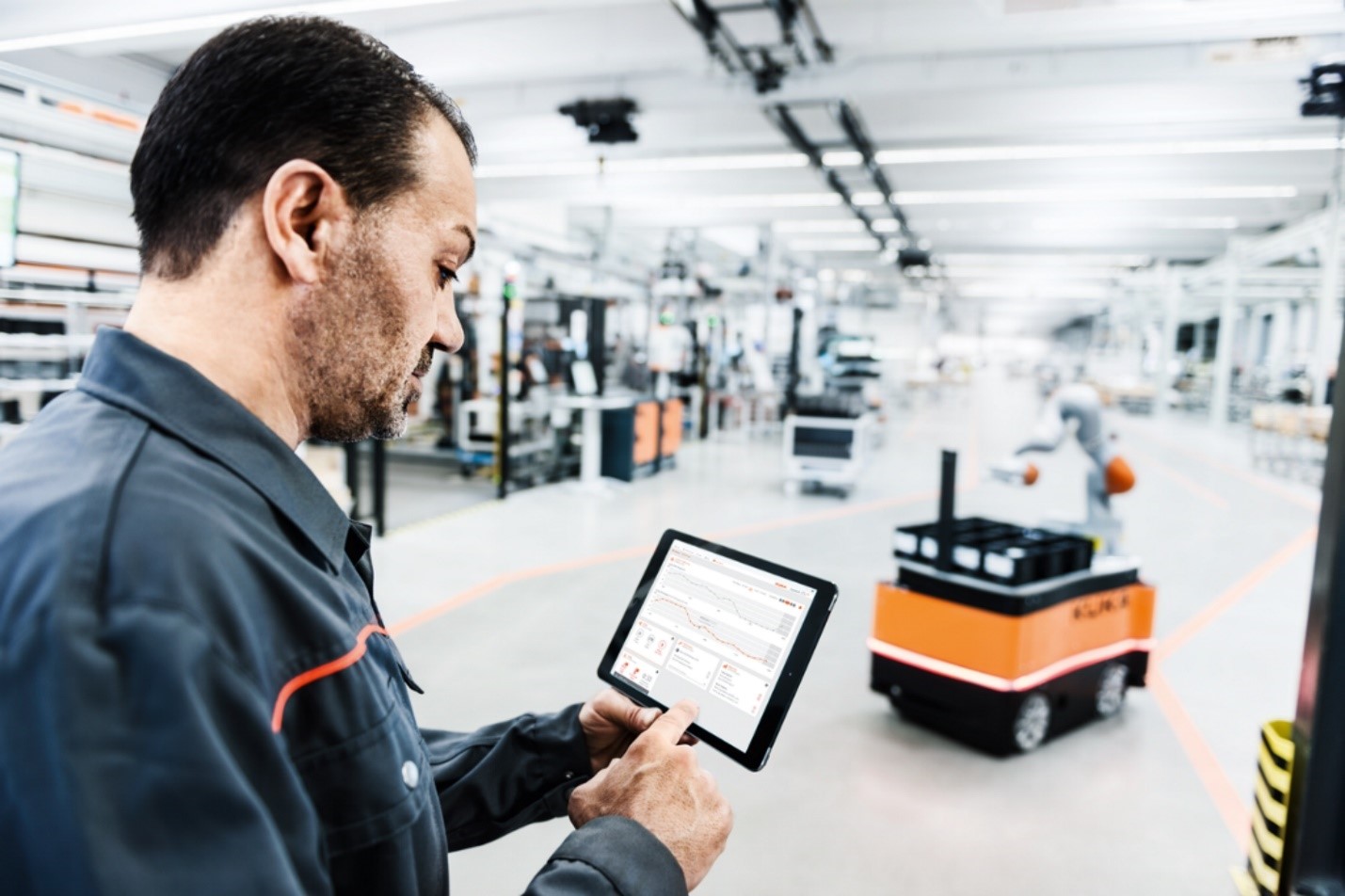
Virtual Reality (VR), and its close relatives – Augmented Reality (AR) and Mixed Reality (MR), have seen significant advances over the past few years. Oculus Rift and PlayStation have brought VR to the gaming community, but the possibilities extend much further than just creating immersive video game experiences.
To clear up any confusion, VR is defined as full-immersion into a computer-generated environment; AR overlays virtual elements onto real-life environments; and MR allows interaction between the virtual and real worlds. Admittedly, there is some cross-over between AR and MR, but MR is a more advanced technology that allows users to change things in the real world through actions taken in the virtual world and vice versa.
Engineering and manufacturing are beginning to see the value of VR, and forward-thinking companies are already incorporating it into their operations.
This article will examine the engineering applications of all three virtual technologies, highlighting the benefits and implications for industry, and indicating the way things are likely to progress over the coming months and years.
Engineering applications
- Design visualization and optimization
There was a time when designers were limited to pen and paper. They would start with preliminary sketches, building up to a final draft. They would then have to wait several days or weeks for a prototype to be built and tested. Often the prototype would be deemed unfit for purpose or unsuitable for the environment the product is to be used in.
These days, CAD (Computer Aided Design) has helped to speed up the initial design, but the prototype stage can still be time-consuming. Fortunately, VR can help to reduce the possibility that the prototype will be unsuitable by allowing the designer to visualize a 3D model of the design in a virtual environment.
Pioneering software such as Autodesk’s 3ds Max renders 3D models into an immersive virtual environment. Autodesk’s VRED is a specialist program that uses VR to simplify the prototyping of mechanical parts.
- Improving safety
General Motors have used AR to improve the design of critical vehicle parts. They used sophisticated software to render data and results from crash tests into 3D models, allowing designers to view the impact on certain parts and optimize their strength properties during the design process of new vehicles.
- Assembly and installation
The assembly of complex or intricate products can slow down productivity, but AR and MR can help. In the motor-vehicle manufacturing industry, for example, Heads-Up Displays (HUDs) can be worn by engineers to overlay complex assembly diagrams and instructions onto the real object, blending the design with real-life objects.
- Checks and quality assurance
Porsche have begun to use AR to check the quality of their vehicles as they come off the assembly line. The software overlays a precise image of the design on to the finished car by using several carefully positioned and accurate cameras, which highlights any elements that are out of tolerance. As a result, engineers can quickly check for the required car panel clearances of 0.5 to 0.8mm, for instance, and adjust vehicles that fail.
- Teamwork from a distance
Picture the scene. A CNC machine that is vital to operations has broken down, with a complex mechanical fault to blame. Unfortunately, it’s beyond the technical ability of the CNC machinist to fix the fault. Not to worry, an off-site CNC repair specialist can log into a virtual mock-up of the machine, virtually demonstrating exactly how to rectify the fault, while the machine operator wears a HUD relaying it in real-time. The result is: less machine downtime, leading to cost saving and an increase in productivity.
The future of VR in engineering
Virtual-reality-assisted engineering is still in its infancy. However, the technology is progressing rapidly and the potential applications are limitless. The future of manufacturing is likely to see an increased use of MR, where actions taken in the virtual world can be replicated by robots in the real world.
Combined with cloud computing, artificial intelligence and additive or subtractive manufacturing (3D printing and CNC machining), a joined-up and fully-automated assembly line will become a reality.
This increasing interaction between the real and virtual worlds will almost certainly lead to more innovation, higher productivity, and cost-savings for manufacturers.



Add comment
Connect with: Log in
There are no comments